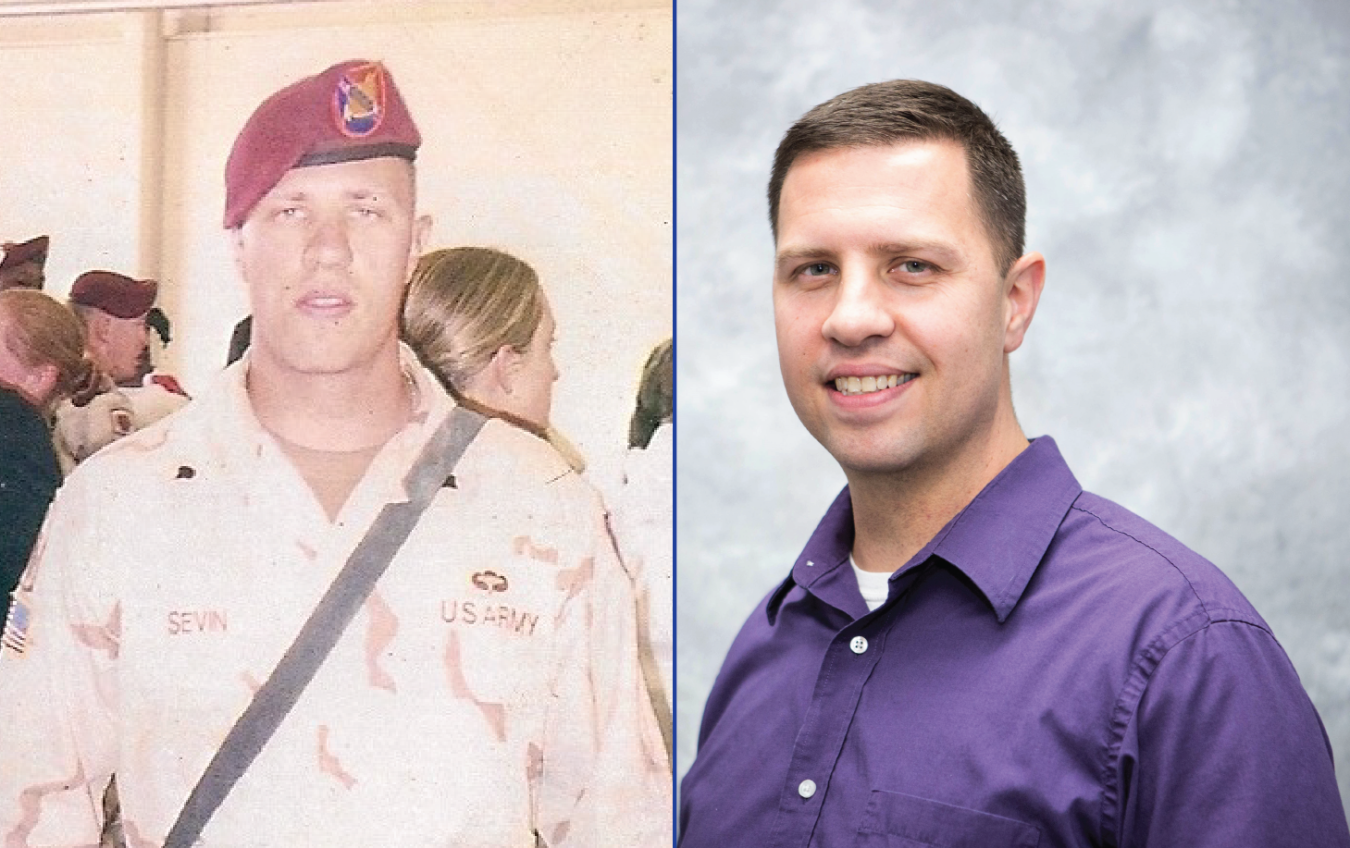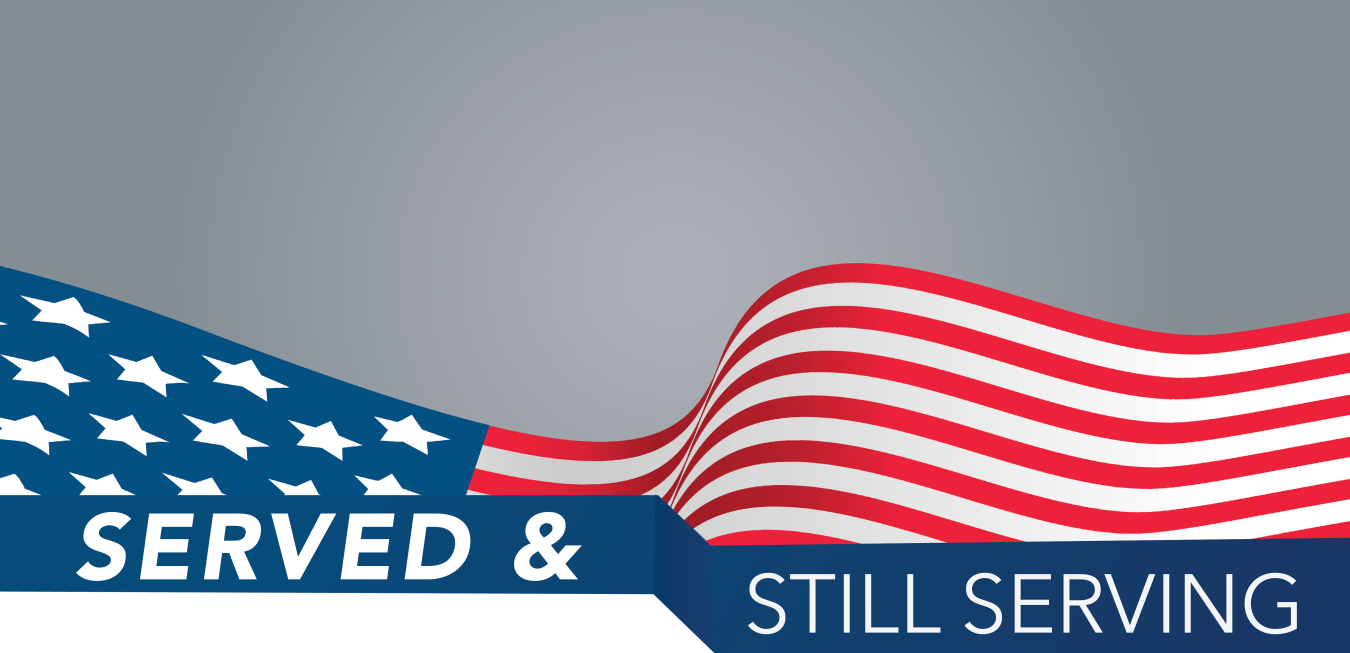Joshua Sevin: Contract Price/Cost Analyst, National Energy Technology Laboratory
November 9, 2018
DOE Office, Title: I have 13 years of combined Federal service and have been employed at the National Energy Technology Laboratory at the Pittsburgh site in the Finance and Acquisition Center as a Contract Price/Cost Analyst for 4 ½ years.
Service Branch: U.S. Army
Years of Service: 2000 - 2006
Would you like to share any details of your military history, awards you may have received or other accomplishments?
I served as a U.S. Army Paratrooper in the Signal Corps from 2000 to 2006. For the majority of my service, I was stationed at Fort Bragg, N.C., and served as a Microwave Systems Operator/Maintainer (25P) in the 51st Signal Battalion, 35th Signal Brigade. While assigned to the 51st, I was deployed to Iraq twice; from April 2003 to April 2004 and again from March 2005 to November 2005. I was part of an electronics maintenance platoon, whose role it was to troubleshoot and maintain the secure and nonsecure communications for U.S. Forces in our areas of operation.
Please take a moment to reflect on your thoughts when considering your service uniform. What does your service uniform represent to you?
I was raised in a patriotic family with multiple veterans in my extended family. I had many military action figures and played a lot of army as a small child. Some might think it would’ve been a natural decision for me to enlist in the service, but it wasn’t. It took a great deal of consideration for me to willingly give up the many freedoms that we as civilians take for granted and to leave every person and thing that I knew behind for a military life that I knew very little about.
Teamwork is essential across many contexts in life. Please share how your service in the military cultivated an appreciation for the value of teamwork. Do you draw from these experiences, or what similarities exist, when working within teams at the DOE?
I played a good bit of sports growing up and had several jobs before I joined the service, so I feel that I knew a bit about teamwork before enlisting, but I gained an even greater appreciation when I became a paratrooper. There is a unique level of stress, combined with the requirement for every paratrooper to be attentive to details for 64 plus jumpers to safely exit a plane flying 100 nautical miles per hour. Regardless of rank, there is a common respect amongst all in the Airborne community because we all rely on each other. When someone makes a mistake in that type of environment it tends to have the greatest impact to the person behind them.
Military service can have a profound and lasting impact on those who serve. Your perspective is unique in having seen both the military and the civilian sides of service. What story could you share of service before self?
I think many are not aware of how the military affects your personal life - there is little to no separation. In the military you do not necessarily go home at the end of every day. If you are a leader, you will have issues with personnel from time to time and you will not always be able to leave work at COB (close of business); Time over Target for Airborne operations is typically in the middle of the night; You routinely pull 24-hour shifts for certain duties; train in the field for weeks at a time and are away from your family on deployments for many months at a time.
What inspired your interest the agency, and how did your prior service prepare you to join the DOE’s workforce?
Being in the service prepared me for working in large organizations and accepting the bureaucratic nuances that come along with it. In both the military and DOE, I perform a supporting role that is important and indirectly supports the mission.
Your talents contribute to an innovative and vibrant scientific ecosystem important for matters of national security, energy technologies, and economic prosperity. How does your role, whether directly or indirectly, allow the agency to continue push the frontiers of science?
My role contributes to ensuring that DOE is not sharing in costs that we shouldn’t, and this is important because it helps maintain confidence that DOE is using taxpayers’ money wisely.
Do you have any photographs of yourself in uniform you would like to share? If so, please send as an attachment with this document. Some individuals may not have digital photos available, please feel free to scan your photograph, if able.
Photo of me in the Army’s Desert Combat Uniform, returning from my first deployment in April 2004. This was my first time back on U.S. soil in over a year.


